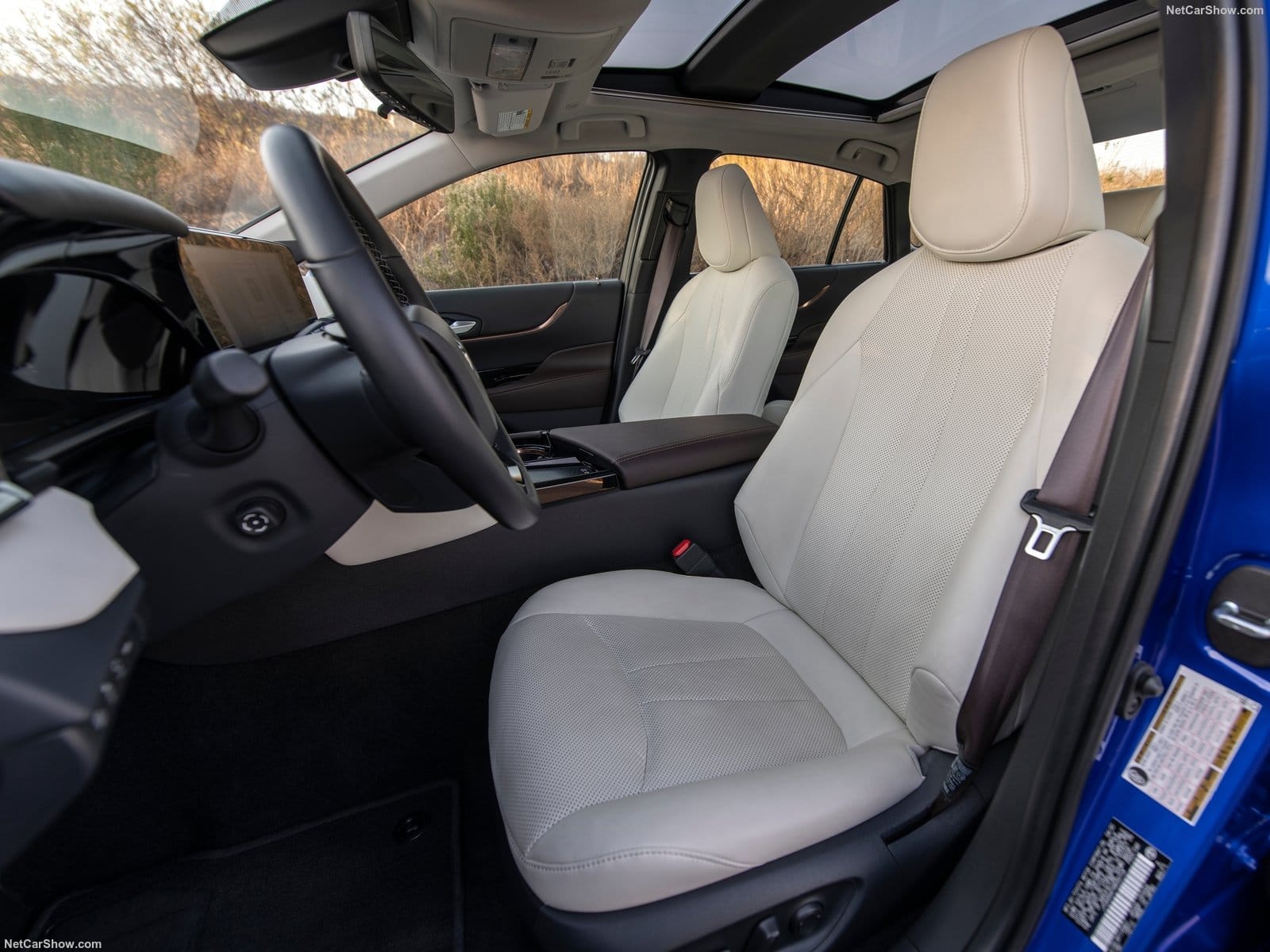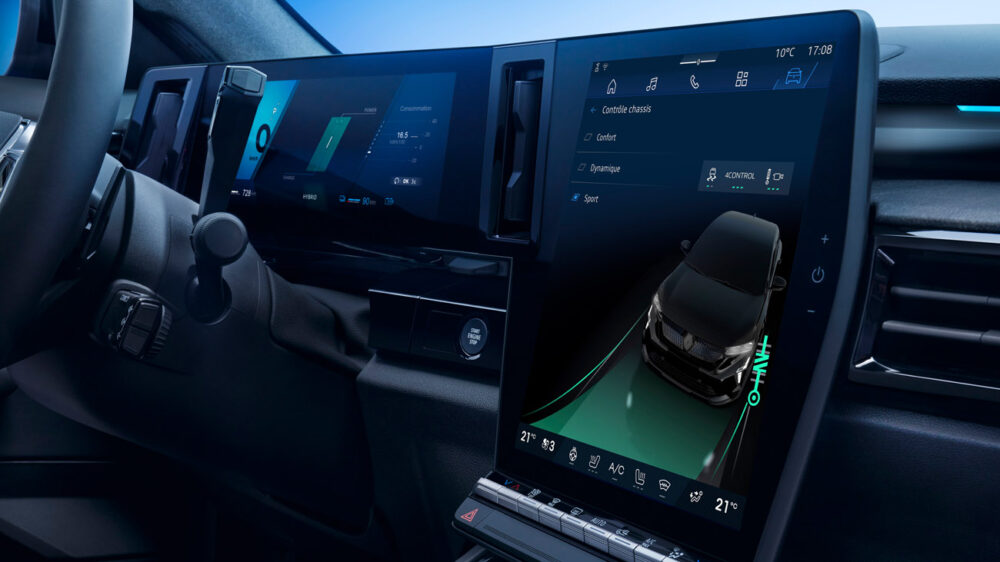Toyota: The Mirai on the move with hydrogen
FUTURE It's what comes out in the end that counts. It couldn't be put more aptly in the case of the Toyota Mirai. It is pure water that escapes from the car. The second generation is now rolling out in Switzerland. The new edition of the mid-size sedan will be launched in these weeks and it does a lot better than its predecessor. No harmful nitrogen oxides, neither [...]
The new edition of the mid-size sedan launches in these weeks and it does many things better than its predecessor.
No harmful nitrogen oxides, neither soot nor other pollutants. If anything, the wet element in the form of water vapor is the Japanese car's only waste product. Toyota has remained loyal to hydrogen technology since 2015. So it's apparently just like when Toyota launched the first hybrid, the Prius, in 1997.
Air purification while driving
The Mirai's environmental benefits go beyond zero-emissions driving to negative-emissions - the car even cleans the air as it drives.
It's a Toyota innovation - a catalyst-like filter is integrated into the air intake. When the air is fed into the vehicle and to the fuel cells, an electric charge on the fabric filter element absorbs microscopic dirt particles.
Harmonious design with coupe-like lines
The new edition of the four-door midsize sedan will be launched in Switzerland in these weeks and does a lot better than its predecessor. This starts with the design, which with its coupe-like lines is much more harmonious than the highly polarizing old model.
However, the price is much more tempting. Even the basic version of the Mirai is 20 percent cheaper than before.
Higher energy density of the fuel cell stacks
The Mirai stands on a new platform and has therefore grown in dimensions to just under five meters. The technology has also evolved.
The fuel cell stacks with their 330 cells are more compact, yet they have a higher energy density. In addition, the stacks, which were previously installed under the front seats, have been moved into the engine compartment. This further reduces the noise level when driving.
Practical range with up to 650 kilometers
Under the hood is also the electric motor, which has more power at 134 kW (184 hp). The old Mirai had 28 hp less, but the drive is still more efficient and economical. Larger tanks and the more efficient drive also increase the range.
While the predecessor had a good 500 kilometers, the new Mirai now has a practical 650 kilometers. Conventional electric cars still can't keep up.
The Mirai does not require any major adjustments. Driving is extremely uncomplicated. Simply press the starter button, then pull the small joystick to D and off you go.
Sprint to 100 km/h within 9.2 seconds
The electric motor develops its maximum torque immediately and sends 300 Newton meters to the rear wheels. The drive is correspondingly brisk.
The Japanese would easily win traffic light sprints if necessary. And those who press the accelerator pedal all the way down manage the sprint to 100 km/h within 9.2 seconds. The top speed, on the other hand, is limited at 175 km/h.
Complete redesign of the entire interior
Overall, the spacious five-seater offers its passengers pleasant ride comfort and is audibly quieter than its predecessor. It has also gained in terms of driving pleasure, as the weight distribution is balanced at 50:50.
Toyota has also improved cold weather response. The cell now starts at temperatures as low as minus 30 degrees.
Toyota has completely revamped the interior. The instruments are no longer located far away under the windshield, but are now positioned directly in front of the driver. The digital instrument cluster is easy to read and the operation of the switches up to the touchscreen monitor is self-explanatory.
Advantages over purely electric vehicles
The Mirai has considerable advantages over purely battery-powered e-mobility. Take the example of a charging stop at a highway parking lot. While the driver of an electric car has to pour himself gallons of coffee to bridge the waiting time, an espresso is enough for the Mirai owner until his vehicle is ready for use again.
The hydrogen is injected into the tanks at 700 bar pressure, so refueling takes less than five minutes. Fuel consumption is less than one kilogram of hydrogen per 100 kilometers. The price is the same at the four public H2 filling stations at 12.50 francs per kilo. Another six stations are planned. Therefore, fuel costs remain within a manageable range.
From 59 900 francs, the new future can begin.

















